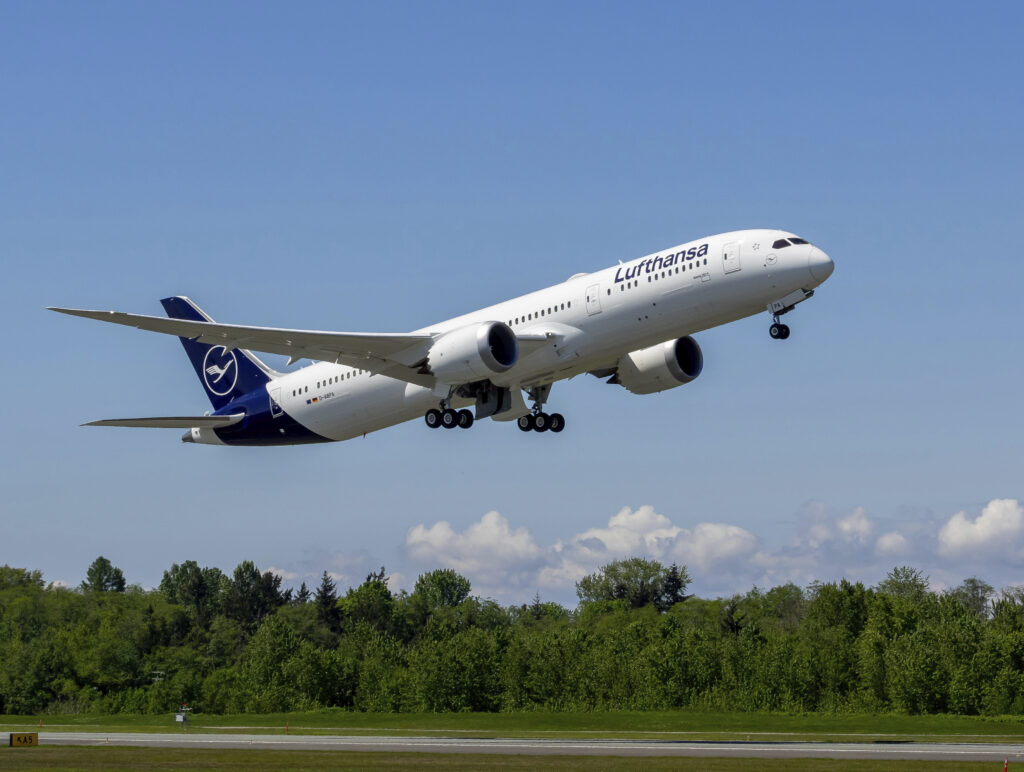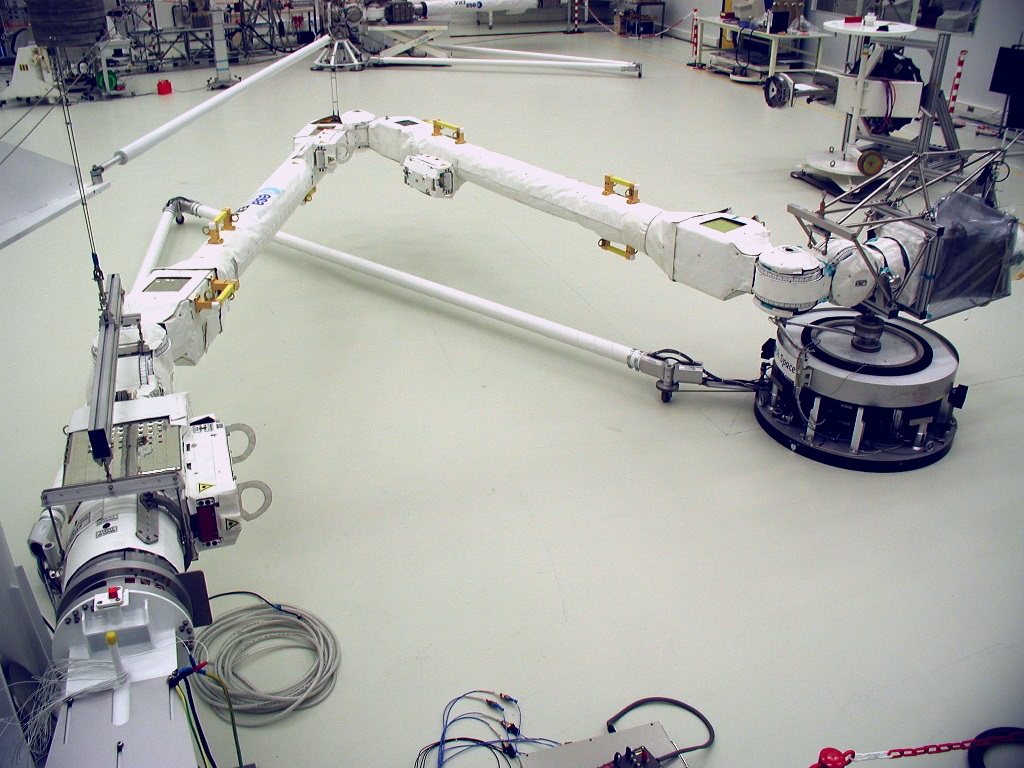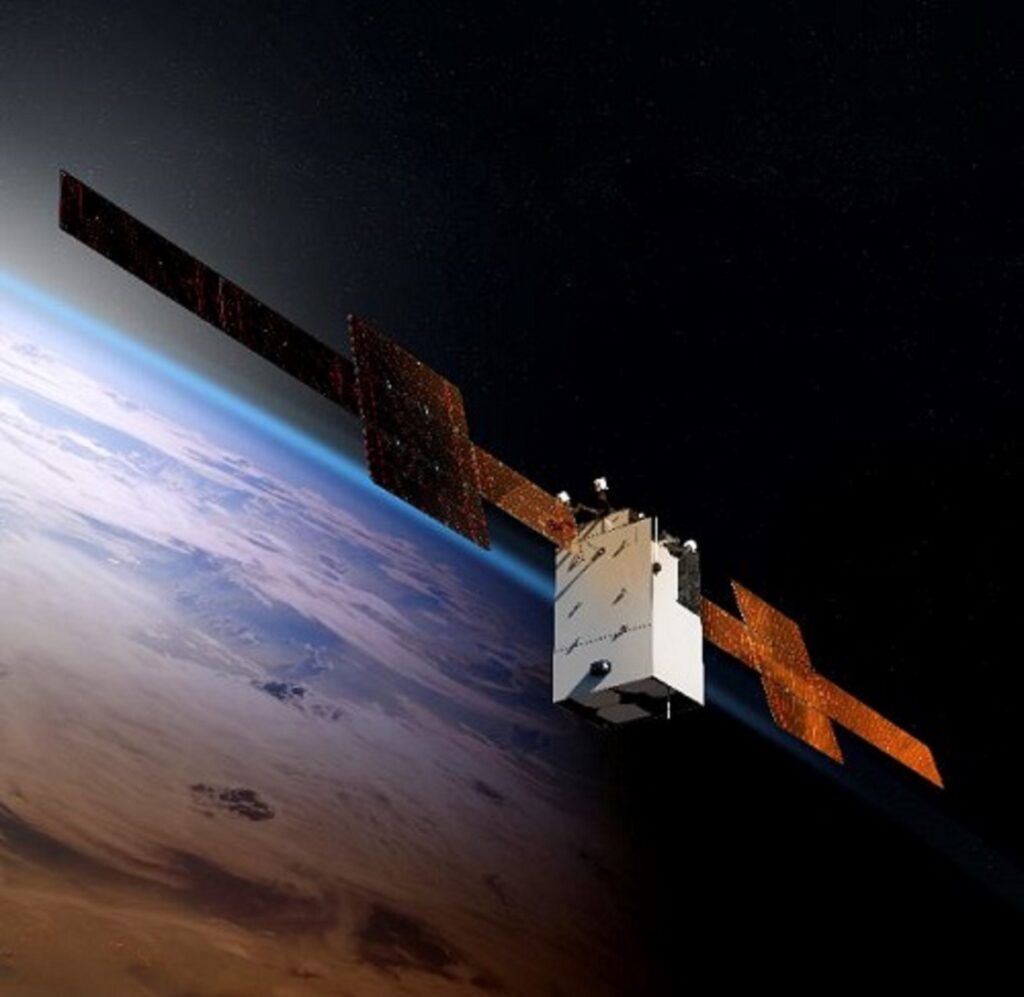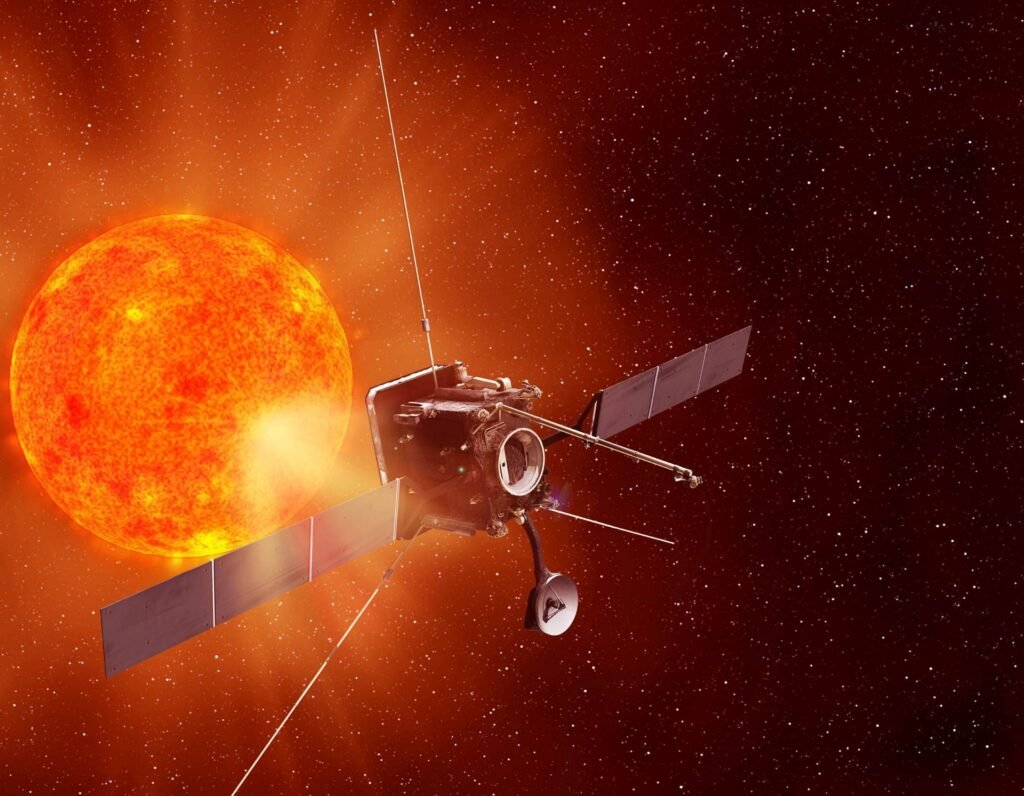First Lufthansa Boeing 787-9 Gets Ready for Delivery
The Lufthansa Boeing 787-9 with the registration D-ABPA and the future name "Berlin" will be delivered to Lufthansa following certification by the FAA (Federal Aviation Administration) this summer. The ultra-modern long-haul “Dreamliner” aircraft will consume…




